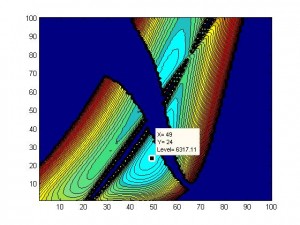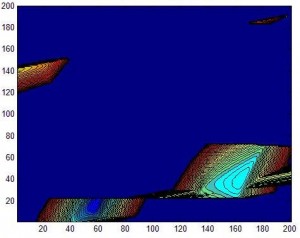Here is a tutorial that I wrote for a particularly useful piece of encryption software. Gnu Privacy Guard or GPG allows you to use asymmetric encryption to communicate securely.
Privacy Tools: How to use the GnuPG encryption software
One thing about modern cryptography that many people don’t realize is that it is possible to encrypt communications in such a way that it is literally impossible to decrypt without a key. Symmetric and information theoretically secure schemes like large symmetric keys or one-time pads can provide encryption that is quite literally unbreakable. Without the key, the plaintext is uncorrelated with the ciphertext – the information literally does not exist without both the key and the ciphertext together.
There are other more convenient encryption schemes that are also very secure – in these cases, the amount of computational work required to break the encryption, barring supposed mathematical breakthroughs, is outrageously large. While it is supposedly possible, it is unlikely for any earthly amount of computing capacity, to be able to break the encryption without the key. One of these is RSA – a means of sending messages securely using asymmetric key encrpytion.
Asymmetric key encryption works by generating two keys – a public key which is published for others to use, and a private key which is kept securely by the owner. The public key can be used by anyone to encrypt a message which can only be decrypted using the private key. So users, on obtaining your public key, can securely send you communications. If you obtain their public key, you can then send them messages. This can happen in the open, without the need to exchange keys in private via another secure channel or meeting.
Individual average everyday computer owners and users actually have a great deal of power to secure the privacy of their communications if they want to take the time to do so. It is the intent of this how-to to help educate users on how to use some of these freely available tools to secure their communications and data.
In fact, one of the fascinating things about modern computing is that almost all of the supposedly special high-power encryption/communication/anonymizing tools that are imagined to be the province l33t hackers and super spies are actually freely available as a result of the broader open-source community. All it takes to use them is a little time to figure out how they work. The unit cost of software is zero and all computers are Turing complete. There is nothing that a super empowered agency can do with their computers that you in principle cannot with yours.
(click the link above for more information)




Recent Comments: